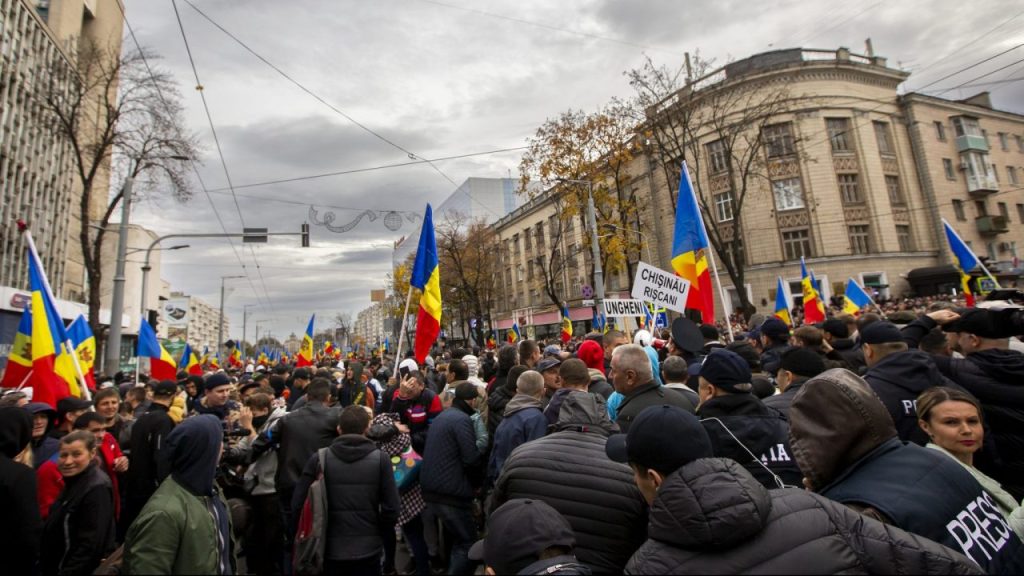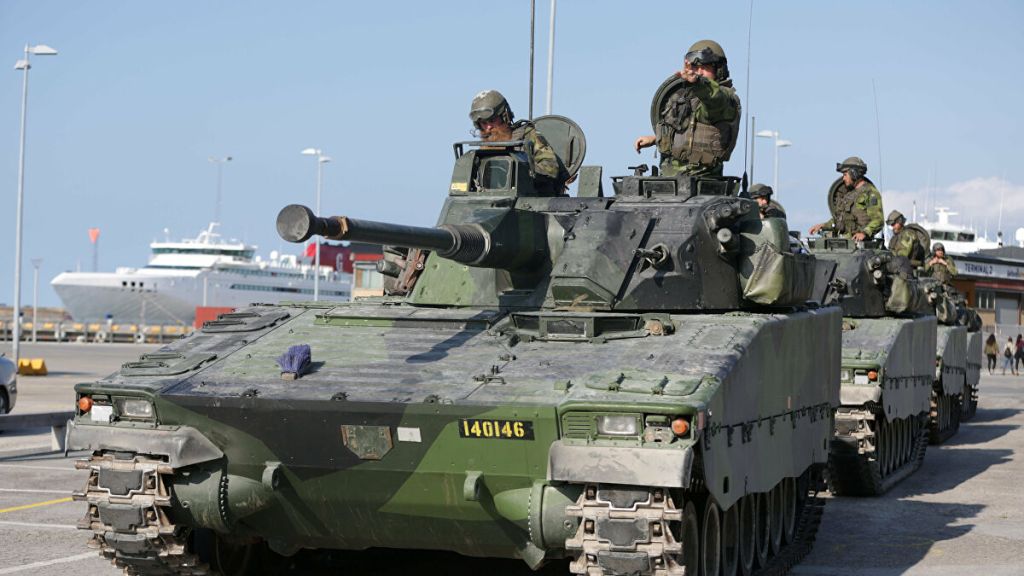
As we move closer to the 1-year anniversary of the Russia-Ukraine War there is a growing amount of concern about Russia possibly opening a second front to the war in the near future. Moldova appears to be the most likely candidate. Last week the Ukrainian government issued warnings that Russia was planning to launch a political coup in Moldova. Shortly after Kiev’s public statements on the matter Moldova’s government collapsed. Natalia Gavrilitsa resigned as prime minister and was replaced by former defense minister and economist Dorin Recean. He was sworn in on Thursday after the Moldovan parliament approved the change. Recean is a pro-Western politician who takes office at a time of growing tension. Moldova has been forced to walk a tight-rope for the past twelve months between the war raging to its east and the restive, pro-Russian Transnistria territory within its own borders.
Over the weekend large anti-government protests took place in the capital city of Chisinau. Several thousands of Moldovans attended and took part in the protests organized by the pro-Russian Shor party and affiliated Movement for the People group. The demonstrations were largely peaceful but there is concern that they could be the first move in a possible Russian-sponsored coup attempt. The circumstances developing in Moldova right now bear a striking similarity to the 2014 Crimean invasion and annexation. Governments across Europe are monitoring the situation closely.
Beyond Moldova, there is concern growing in Lithuania that the Wagner group could attempt to challenge the West by carrying out provocative attacks in the Baltic States. Wagner is the Russian mercenary organization now heavily involved in the Ukraine war. Using them for an operation in the Baltic States would allow the Russian government an opportunity to deny any involvement while at the same time delivering a strong warning to NATO and the West. The prospect of a clandestine action in the Baltics rates low at present, however. Frankly, my money is on Moldova for the site of a coming Russian effort to open a new front and give the West something new to think about.



